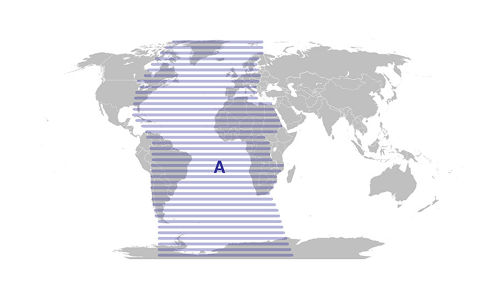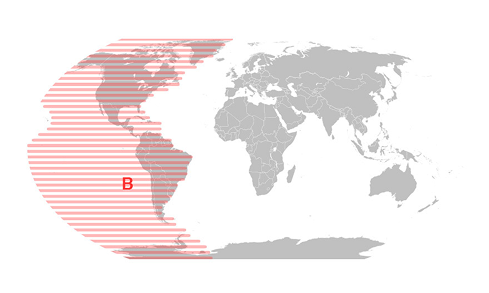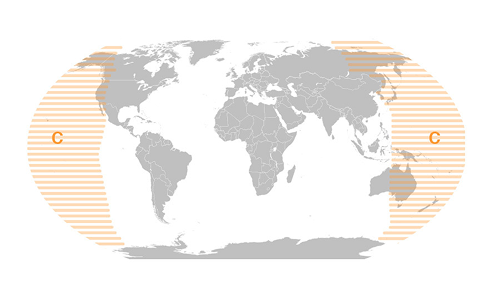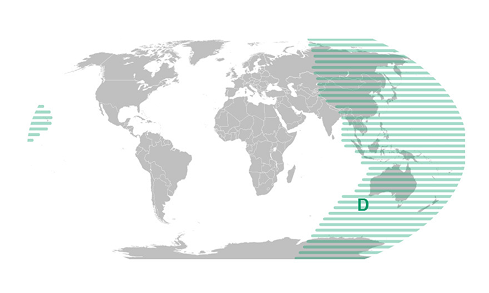
What is a Trauma-Informed Intervention?
While there is no accepted definition of what constitutes being "a trauma-informed intervention," the Circle of Security model was informed throughout its development by parents who struggled with profoundly traumatic histories. At the heart of the protocol is the process of inviting caregivers to reflect upon how their past experiences, both positive and negative, influence their strengths and struggles in meeting children's attachment needs around the Circle.
The Path to Secure Attachment
The model of change used during both our COSP 8-session parent reflection program and the longer Circle of Security-Intensive Program, is summarized in the parent handout called The Path to Secure Attachment:

Because this is used with caregivers who may or may not have difficult histories the word trauma does not appear on this handout; at the same time, this approach is effective in helping caregivers who struggle with interpersonal trauma along this pathway. The pathway begins at the bottom left of the Figure. Note that the direct arrow to secure attachment is "blocked"; unfortunately, simply wanting your child to be securely attached doesn't lead to security, especially for caregivers who have a history of adverse experiences. The rest of the pathway is what's key to promoting security.
The first step on the pathway is having a map to understand the child's attachment needs. The map in question is actually the Circle of Security diagram:

The Circle of Security Diagram
The Circle of Security diagram is a visual representation of attachment science. Attachment research makes it clear that the children of caregivers who consistently struggle to meet their child's attachment needs on the Circle are at greater risk. The COS protocol helps parents identify where they struggle on the Circle, gives a name to the discomfort, and offers a procedure to manage it.
As you see on the Circle graphic above, the role of the caregiver is to be the Hands on the Circle and the role of the Hands is defined as "Always Being Bigger, Stronger, Wiser, and Kind". Some parents lose the balance of being Bigger, Stronger, Wiser and Kind by becoming mean or weak. Research makes it clear that parents who have a history of interpersonal trauma are especially likely to have these kinds of struggles.
Our goal is to help "caregivers stand back and look at themselves and their child" (step two on the path) and honestly assess "What they are doing and not yet doing to meet their children's needs" (step three on the path). Knowing the role that caregivers' history can play, COS facilitators are trained to attune to caregivers as they talk about their struggles and/or their history of trauma.
Intergenerational Impact
One of the remarkable findings from attachment research involving young children is that, when their caregiver consistently struggles with a child's need on the Circle, that child learns to hide that need even before the child's first birthday. It is easy to see how a parent's struggle is not just a struggle for the parent but can be passed on to the next generation. The Circle of Security approaches are aligned with the stance of the psychologist Philip Bromberg who wrote:
"We do not treat our patients to cure them of something done to them in the past; rather we are trying to cure them of what they still do to themselves and to others in order to cope with what was done to them in the past."
-Phillip M. Bromberg
Standing in the Spaces:
Essays on Clinical Process,
Trauma, and Dissociation
(Routledge, 2001)
Real-World Application
In the following video, Tonier Cain, whose life story is captured in the compelling documentary Healing Neen, talks both about how her lifetime of trauma played into her struggles as a parent and about how Circle of Security-Intensive intervention helped her connect with her daughter.
The Role of Provider Training
The COS interventions are closely tied to attachment theory—which is itself derived from the study of how trauma impacts relationships. We train our providers to help caregivers reflect on their own experiences—including their trauma histories—as those caregivers identify the ways in which they struggle to meet a given child's attachment needs. The courage that parents like Tonier have shown in identifying their struggles in order to connect more deeply with their children has, from its inception, inspired and informed this work.







